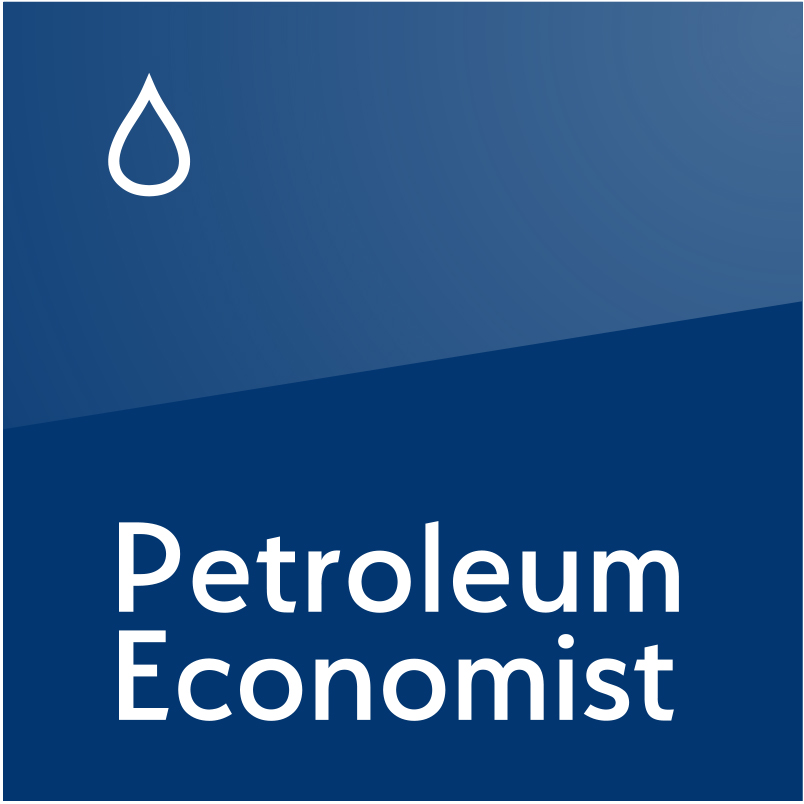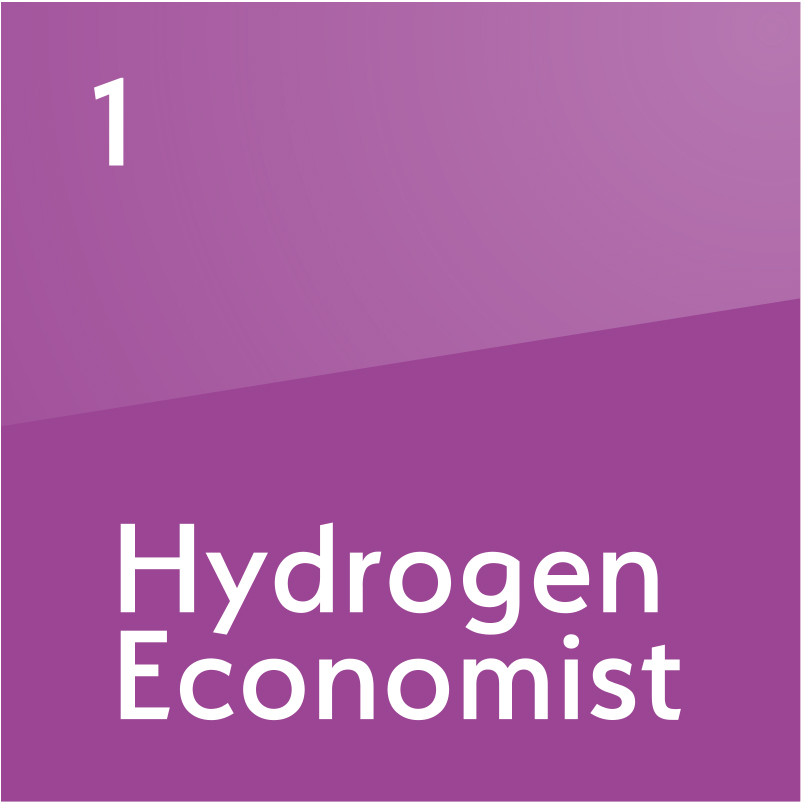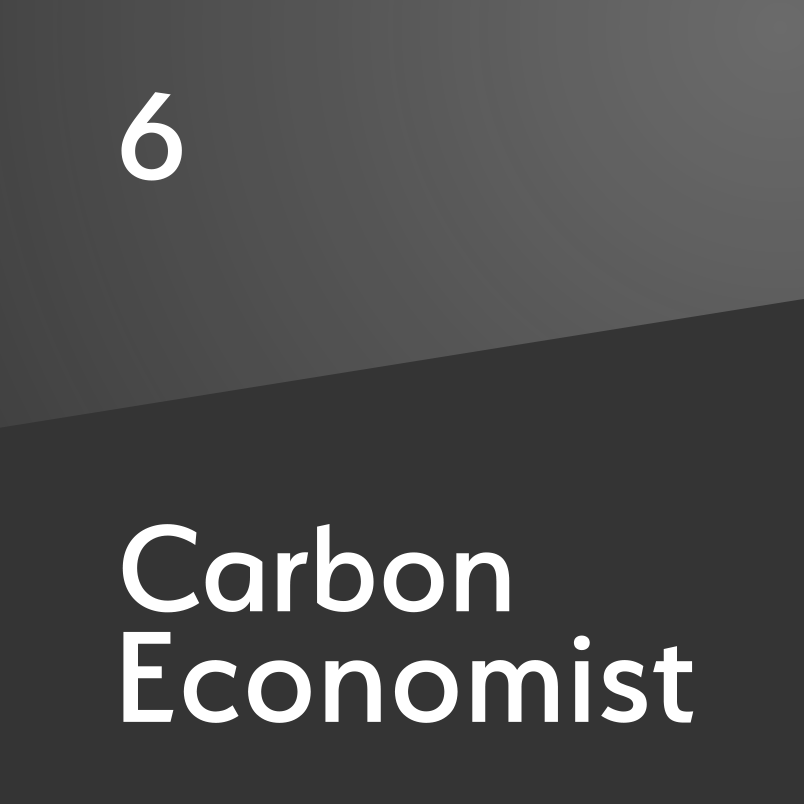Sustainable aviation fuels face headwinds
Limited financing and competition for feedstocks among challenges for fuel, which can be dropped in without need for retrofits, aviation sector executives say
Sustainable aviation fuels (SAFs) have potential as an immediate solution to help the aviation sector decarbonise more quickly, but producers needs to overcome barriers such as limited financing, scaling up production projects and competition for feedstocks. Aviation is regarded as one of the most difficult sectors from which to reduce CO₂ emissions as flying is energy-intensive and no cost-competitive technological option is available to reduce emissions at scale. Zero-emission flight technologies such as battery-electric and hydrogen-fuelled aircraft are in the early stages of development but are decades away from commercialisation and may have a limited range. SAF is one of the short-term

Also in this section
21 July 2024
Awards experience 20% increase in nominations this year, with submissions from 27 countries
18 July 2024
Platform developed at Scottish university uses advanced simulations and machine learning to find most cost-effective and sustainable combinations of materials for use in carbon capture
18 July 2024
Stockholm Exergi agrees to one of world’s largest deployments of CO₂ liquefication technology to enable transport of emissions captured from biomass power plant
11 July 2024
Watkins will leverage her financial acumen and strategic insight to lead Gulf’s commercial initiatives across media, events, and market intelligence







